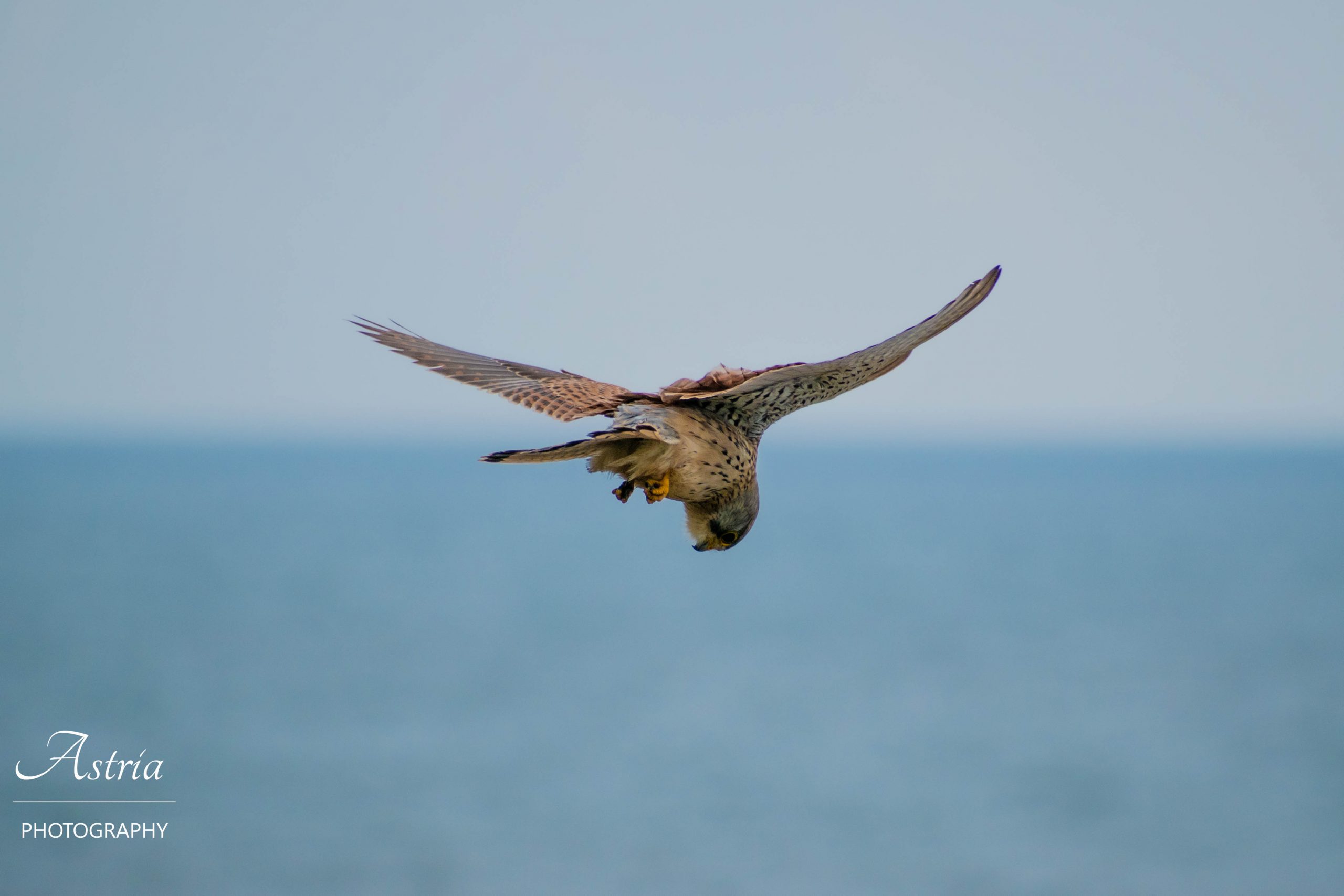Title: A Comprehensive Guide to Bird Categories in the UK
Introduction to the Diverse Bird Species in the UK
The United Kingdom is home to a rich and diverse array of bird species, with over 600 species recorded in the country. This includes both resident and migratory birds, each with their unique characteristics, habitats, and behaviours. The UK’s varied landscapes, from its rugged coastlines and expansive wetlands to its dense forests and rolling hills, provide ideal habitats for a wide range of bird species.
The diversity of bird species in the UK is a testament to the country’s rich biodiversity. From the smallest Goldcrest to the largest White-tailed Eagle, each bird species plays a crucial role in maintaining the ecological balance. They contribute to pest control, pollination, seed dispersal, and serve as indicators of environmental health.
The UK’s bird species are not only important from an ecological perspective but also hold cultural significance. Many species, such as the Robin and the Barn Owl, are deeply ingrained in British folklore and tradition. Birdwatching, or ‘birding’, is a popular pastime in the UK, with thousands of enthusiasts tracking and documenting bird species across the country.
Understanding the Classification System of UK Birds
The classification of birds in the UK follows the international system of taxonomy, which categorises species based on their physical characteristics and genetic relationships. This system, developed by Swedish botanist Carl Linnaeus in the 18th century, is universally accepted and used by ornithologists worldwide.
In the UK, birds are classified into orders, families, genera, and species. For example, the European Robin belongs to the order Passeriformes, family Muscicapidae, genus Erithacus, and species E. rubecula. This classification system allows for a systematic approach to studying and understanding the diverse bird species in the UK.
The British Ornithologists’ Union (BOU) maintains the official list of bird species recorded in the UK. The BOU’s British List follows the International Ornithological Congress’s (IOC) taxonomy, which is updated annually to reflect the latest scientific research.
Exploring the Different Categories of Birds in the UK
Bird species in the UK can be broadly categorised into resident birds, summer visitors, winter visitors, and passage migrants. Resident birds, such as the Blackbird and Blue Tit, are present all year round. Summer visitors, like the Swallow and Cuckoo, migrate to the UK to breed during the warmer months. Winter visitors, including the Fieldfare and Redwing, arrive in the UK to escape the harsh winters in their native habitats.
Passage migrants, such as the Osprey and Wheatear, pass through the UK during their migration between their breeding and wintering grounds. Some bird species, known as vagrants, are not regular visitors but occasionally appear in the UK due to weather conditions or navigational errors during migration.
Detailed Overview of Endemic and Migratory Bird Species
The UK is home to several endemic bird species, i.e., species that are native and unique to the UK. These include the Scottish Crossbill, which is found only in the pine forests of Scotland, and the Skomer Vole, a small rodent found exclusively on Skomer Island in Wales.
Migratory bird species form a significant part of the UK’s avifauna. Each year, millions of migratory birds travel to the UK from Africa, Europe, and Asia. These include species like the Arctic Tern, which makes one of the longest migrations in the animal kingdom, travelling from its Arctic breeding grounds to the Antarctic and back.
Conservation Status and Threats to UK Bird Species
Despite the rich diversity of bird species in the UK, many face significant threats. According to the RSPB’s State of UK Birds report, over a quarter of UK bird species are at risk of extinction or are in decline. Threats to UK bird species include habitat loss due to urbanisation and agriculture, climate change, pollution, and invasive species.
The UK government, along with organisations like the RSPB and the Wildlife Trusts, are working to conserve and protect the country’s bird species. Conservation measures include habitat restoration, species reintroduction programmes, and legislation to protect birds and their habitats.
The Role of Citizen Science in Bird Conservation in the UK
Citizen science plays a crucial role in bird conservation in the UK. Initiatives like the RSPB’s Big Garden Birdwatch and the British Trust for Ornithology’s (BTO) Garden BirdWatch involve the public in monitoring bird populations. These programmes provide valuable data on bird distribution and abundance, which inform conservation efforts.
Citizen science not only contributes to bird conservation but also raises awareness about the importance of biodiversity and the threats facing UK bird species. As the naturalist Sir David Attenborough said, “No one will protect what they don’t care about; and no one will care about what they have never experienced.” By involving the public in bird conservation, we can foster a deeper appreciation for the UK’s rich avian diversity and ensure its preservation for future generations.

